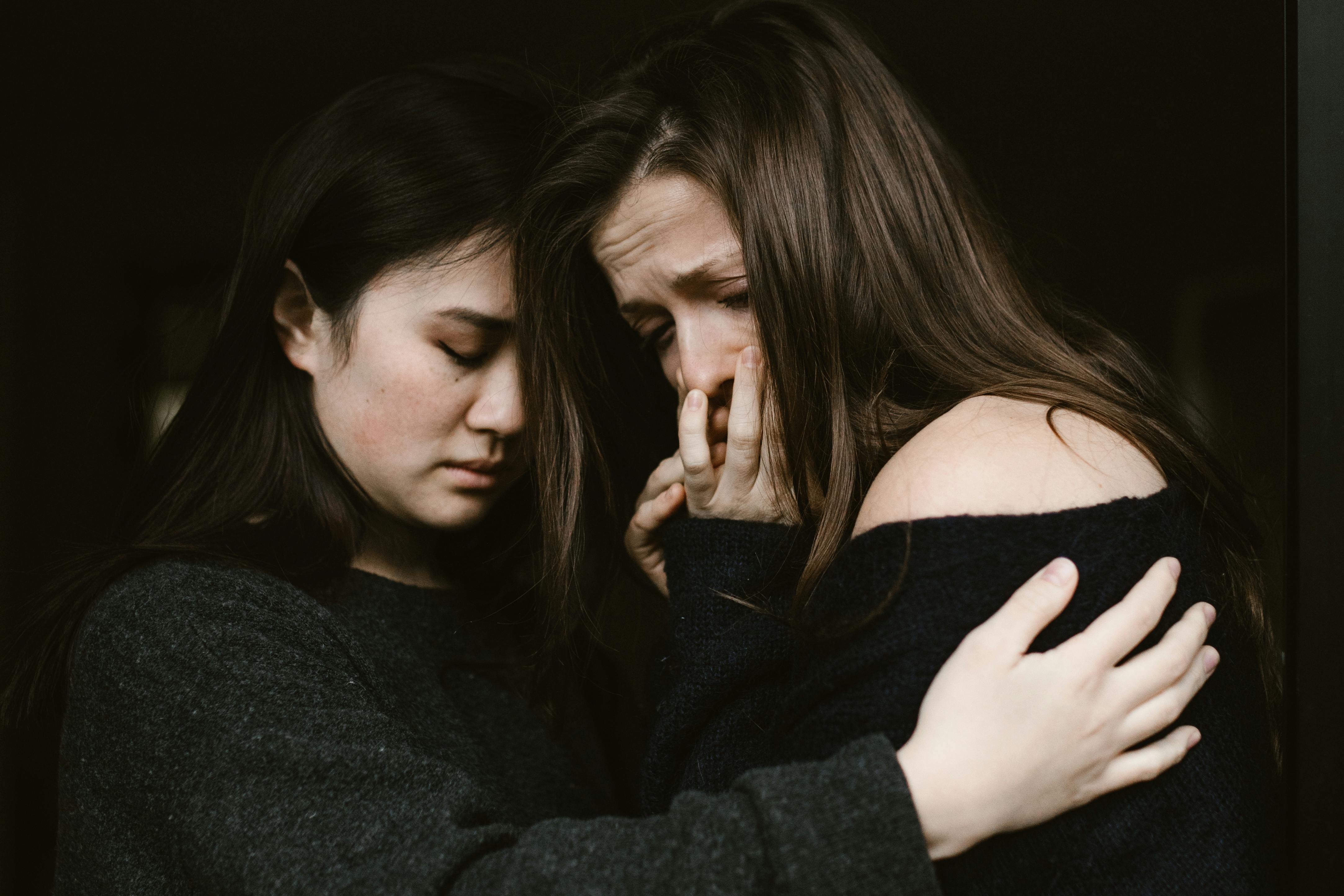Dubois and Dumenil establish in their book ‘Through the Eyes of Women’ how, in the past, women were looked down on socially, politically and economically. With the passage of time there were numerous changes in society. The most important movement that promoted the empowerment of women was Suffrage.
Suffragettes campaigned for women’s right to vote with women like Pankhurst and Osler at the helm. In 1918, the UK People’s Representation Act was passed giving the vote to women over 30 who owned a home. In the United States, leaders Lucretia Mott, Lucy Stone, Elizabeth Cady Stanton, and Susan B. Anthony campaigned for the abolition of slavery before their campaign for the right to vote.
The universalization of education is another milestone in feminist history. Education gave women an unthinkable stimulus in the material world. The success of women in almost all fields and their financial independence forced them to think about the issue of the economy. Feminist economics is a term that is used frequently today. It is a developing branch of feminism that looks at traditional economic systems that often do not take into account the value of unpaid work performed in a domestic setting. Feminist economists argue that economic success cannot be fully measured in terms of assets; it must also take into account physical and mental well-being.
Feminist Economics does not categorize women as a single entity. Consider differences based on race, nation, religion, etc. Black feminism is yet another trend. The case of black women in white society is dangerous. A black woman is doubly displaced in a white-dominated society. She is discriminated against by white society for being black. She then faces prejudice within her own race for being a woman. The novel ‘I know why the caged bird sings’ by Maya Angelou tells the story of a group of women so doubly displaced.
Dubois and Dumenil’s book deals comprehensively and sensibly with developments relating to women that have taken place over the past centuries. It is the history of the United States as much as the history of women. The book does not overlook the role of even Native American women and townspeople. Give due credit to African women and their diversity. The ambiguous legacy of white women is covered without prejudice. Most of the books that claim to present the history of women somehow converge with the stereo type that attempts to establish “that women were there too.” In this, with evidence and testimony, we can observe what the women did. He follows an unconventional path with respect to the framework he employs in presenting great historical themes. Rather than emphasizing the rise and fall of the separate gender sphere system, it highlights three major themes that shaped the diversity of women’s lives in American history: work, politics, and family life, and personal.
Analysis reveals that the female characters in the novel are somewhat lucky. They are only doubly displaced. They escape from a third displacement since their economic situation is secure. Most of them are financially stable and this stability gives them the edge to make more difficult decisions. Some characters like Dolores and Glory cannot afford to be rebellious. Marguerite can get out of Mrs. Viola’s Kitchen, since she doesn’t have to think about making a living. The male characters in the novel, with the exception of Mr. Freeman and Mr. Bailey Johnson, fail to impress readers. Freeman and Bailey Johnson remain in the reader’s mind not because of their good works but because of their unforgivable sins like child abuse. Mr. Bailey Johnson is an indulgent and irresponsible type of man who craves all the possible pleasures of life. All other characters like Mr. Steward, Mr. McElroy, etc. just pass by the author’s canvas without deserving any attention.


